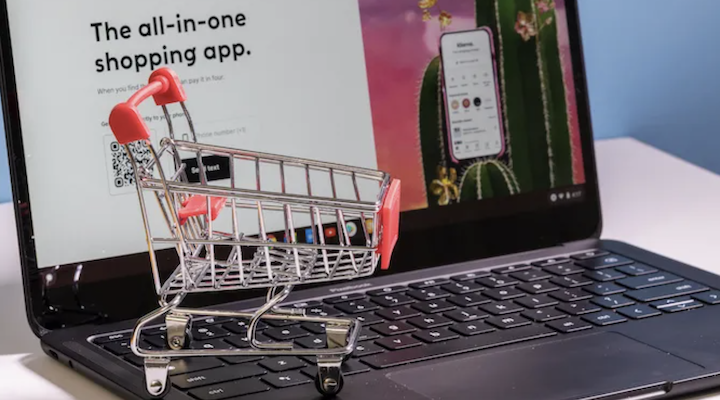It’s easy to be blinded by the sales benefits of BNPL – increased conversion, acquisition and order value. But it’s important to consider the costs as well as the benefits before jumping at a new payment method.
To make sure it’s the right choice for you, look at the BNPL offering from every angle – the cons as well as the pros. That means having honest conversations with BNPL providers and your own team around issues like fees, integration, UX, accreditation and customer ownership, accountability and bad debt management.
1. What are the fees – and how quickly will these be offset?
It’s vital to understand the impact of BNPL on sales so you can forecast what any resulting transaction fees will cost your business. Make sure you know the tipping point at which BNPL starts to pay for itself and give yourself a deadline to reach it. If you’re not confident that sales will offset the cost, perhaps your business is not yet at the scale that warrants it.
2. What BNPL plan will work best for your product price points, and will you need any additional accreditation?
There are several different types of BNPL. Generally, if it’s interest-free over three or four instalments it’s unlikely to fall under credit regulation – for example, Klarna or Tamara. If you sell expensive items and need to offer financing over a longer term, then you may need a pay-by-finance BNPL plan which involves applying for a credit license. Make sure you allow for this in your planning.
3. Is offering BNPL likely to drive higher customer returns and, if so, can you handle it?
Some sectors such as fashion may see a rise in returns from customers choosing to try at home before they buy. BNPL makes it easy for them to purchase items in multiple sizes or colours. They can return unwanted items without paying, or having to wait for a refund. This is more likely if you offer a free return service.
4. Does BNPL appeal to your target customer demographic?
BNPL provider Klarna says that 70 per cent of its customers are Gen Z or Millennials and Afterpay reports the average age of its customers as 33. Do research on your target demographic and ensure that your business would benefit from offering BNPL at the checkout.
Does BNPL seem like the right option for you?
For some businesses, BNPL has become a welcome addition to the checkout giving their customers more choice and more flexibility in how they can pay.
You will need to look at your customers, the product or service you sell and the markets you operate in. Use this data to decide which will be the right payment methods to offer at the checkout.
Find out more on Checkout.com’s Alternative Payment Methods (APMs) guide.






